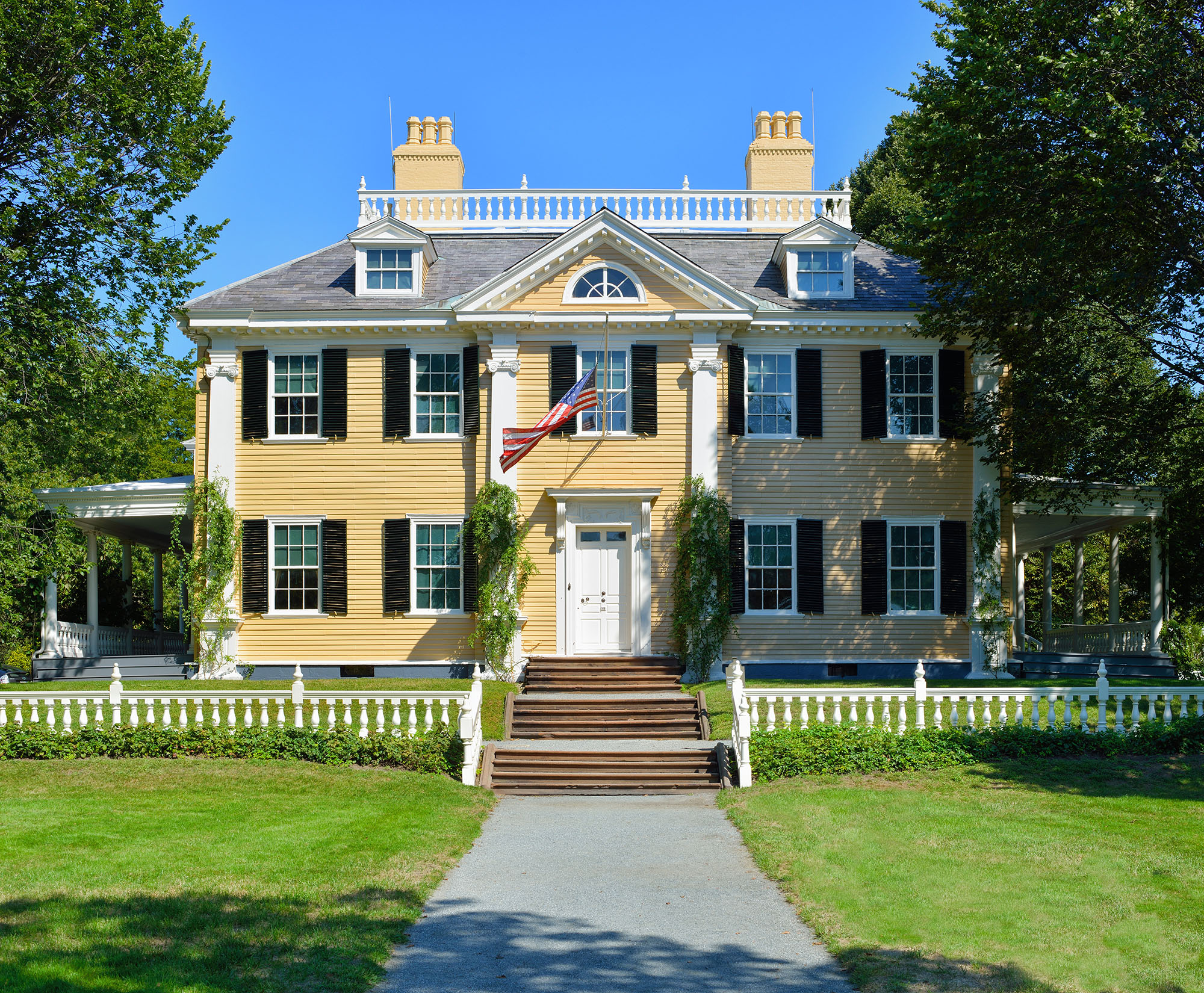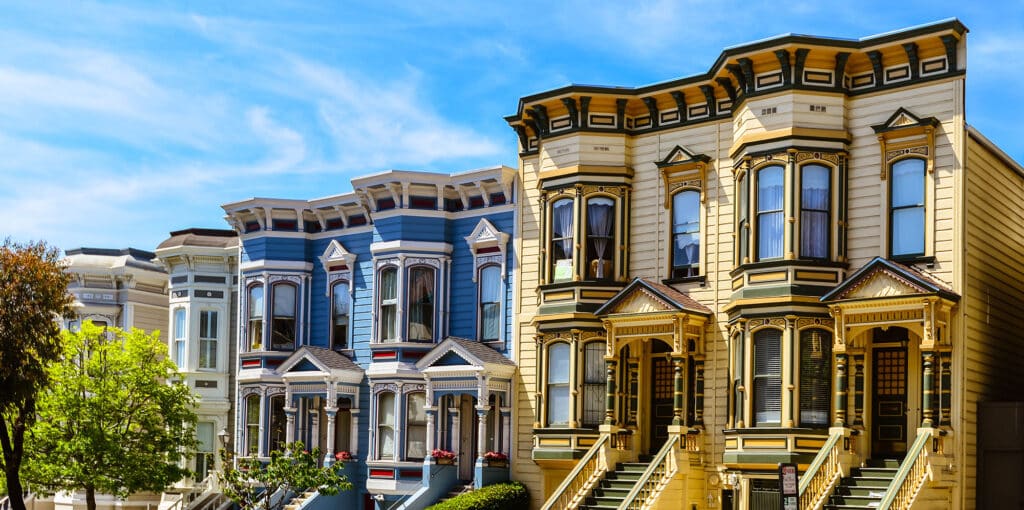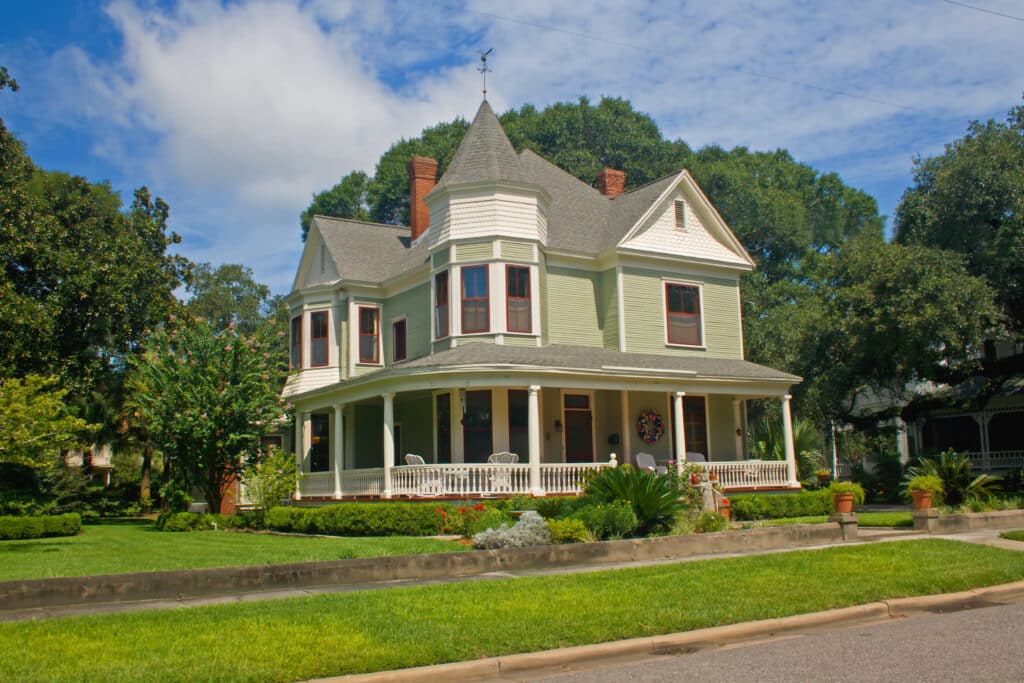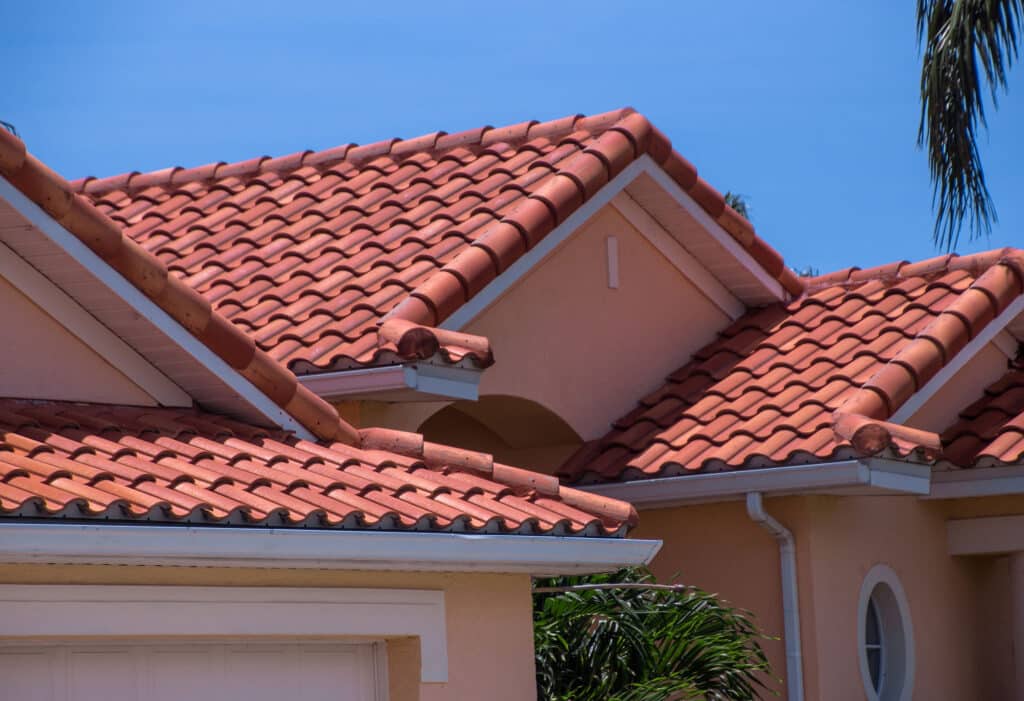
Historic homes are a wonderful embodiment of the past, showcasing styles, methods, and materials from different eras. One of the standout features of these residences is, without a doubt, their unique roofing. Selecting a suitable roof for them not only plays a critical role in maintaining the building’s historical authenticity but also ensures its durability and longevity.

Generally, a historic home is considered to be one that is 50 years or older and holds some significance due to its architectural style, historical relevance, or association with notable people or events. These buildings are often listed or eligible to be listed in the National Register of Historic Places. They give us a glimpse into the past and are an integral part of our shared architectural heritage.
Historic homes are a testament to the diverse architectural styles that have evolved over time. With unique characteristics and design elements, these homes often feature specific roofing materials that complement their style and adhere to the building techniques of their era. Here’s a more in-depth look at some classic American and European-inspired home styles, and their associated roof types:
1. Victorian: Victorian homes typically have steeply pitched, complex roofs featuring multiple gables, dormers, and towers. The roofing material of choice in this era was often slate due to its durability, fire resistance, and aesthetics. However, wood shake, clay tiles, or metal roofing were also used in certain cases depending upon the region.
2. Colonial: Colonial-style homes generally have a simple, symmetrical design with a prominent gable roof. These homes often featured wood shakes or wooden shingles, which were readily available during the colonial era. Over time, owners of these homes may have opted for asphalt shingles or metal roofing for improved performance and lower maintenance requirements.
3. Craftsman: With their wide eaves and low-pitched roofs, Craftsman homes often employed wood shake or shingle roofing as the primary material. Other traditional materials like clay tiles or metal could also be used, particularly in regions where wood shake was less prevalent.

1. Tudor: Tudor homes are characterized by their steeply pitched, multi-gabled roofs and decorative half-timbering. In keeping with their English roots, these homes often featured either wooden shake or clay tiles, with the latter being the more popular choice due to its durability and visual appeal.
2. Mediterranean: Inspired by the coastal homes in Southern Europe, Mediterranean homes usually feature a low-pitched, hipped roof with wide overhanging eaves. The roofing material most commonly used for this style is the curved clay tile, known for its heat-reflective properties, which help keep the interiors comfortable in warmer climates.
The correlation between architectural styles and roofing materials often came down to the region’s climate and available resources. For instance, readily available wood or clay in certain areas made them obvious choices for roofing. Moreover, the specific building techniques employed and the home’s functionality, such as providing insulation or weather resistance, were also factors influencing the choice of roofing material.
The longevity of a roof on a historic home depends significantly on the material used. Slate and clay or concrete tiles, generally used in older homes, hold up remarkably well over time and can last anywhere between 50 to 100 years or more if well maintained. Wooden shingles or shake roofing can last around 30 years, while metal roofs can offer service for nearly 50 years.
Roof preservation is key in maintaining the architectural authenticity of historic homes. This involves regular inspections, routine maintenance, and repairs as needed. Additionally, any restoration or replacement should strive to replicate the original roofing as closely as possible regarding material, design, and color. Indeed, some local historic preservation laws might require as much.
Selecting the right roofing for a historic home can be a complex process, taking into account factors like architectural integrity, durability, cost, and local regulations. This is where professional consultation comes in handy – and who better to guide you than StormGuard.

Finding the perfect roof for your historic home may feel like a daunting task, but it doesn’t need to be. The experts at StormGuard can help you navigate the process, ensuring the chosen roofing material aligns with the historical period, matches your aesthetic preferences, complies with local codes, and fits within your budget.
With extensive experience and in-depth knowledge in the realm of roofing, StormGuard is well-equipped to maintain the historic charm of your home while ensuring its protection against the elements for years to come.
Let’s preserve the past together and give your historical gem the roof it deserves. Contact Storm Guard today, and we’ll help you protect your piece of history.

Unless otherwise noted, each use of "Storm Guard," “us,” “we,” or “our” throughout Stormguardrc.com collectively refers to both the Storm Guard brand and the Storm Guard Franchise System, which is made up almost exclusively of independently owned and operated franchise locations.